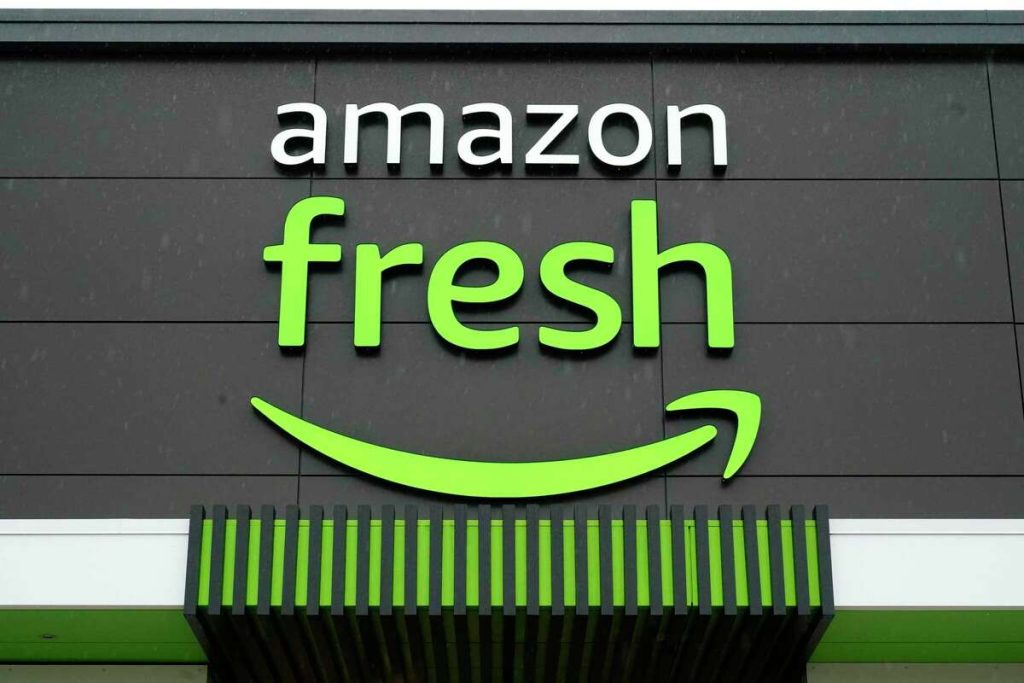Amazon has faced increasing scrutiny and allegations of antitrust violations in recent years. Critics argue that Amazon’s dominance in the online marketplace stifles competition and harms small businesses. However, it is crucial to recognize that the current antitrust claims against Amazon differ significantly from previous cases and the fundamental principle of choice.
Proposition: There must be a range of consumer options made possible through competition, and consumers must be able to choose effectively among these options. In fact, Amazon’s unique value proposition and the plethora of choices it offers to both small businesses and consumers set it apart in the e-commerce landscape.
Empowering Small Businesses
One of Amazon’s most significant contributions to the Internet economy overall is its unparalleled support for small businesses. In effect, the company built out the model infrastructure for e-commerce at its best. Through its platform, Amazon provides the ability for entrepreneurs and artisans to reach a global audience. A small business can no more sell a gadget at the same scale as a global platform than an App developer could sell a widget without the Apple App Store. But there are choices…
The Fulfillment by Amazon (FBA) program, for instance, enables small businesses to leverage Amazon’s extensive logistics network, making it easier for them to compete on a large scale. A local storefront becomes a national contender. Niche product providers can carve out a class by themselves.
The company’s third-party marketplace allows entrepreneurs to leverage Amazon’s extensive customer base, logistical capabilities, and payment systems, enabling them to scale their businesses rapidly.
Behind the screens, Amazon Web Services (AWS) has been instrumental in driving innovation in cloud computing, providing startups and established companies alike with affordable and scalable computing power. This has resulted in a thriving ecosystem of innovation and entrepreneurship that has been a catalyst for technological advancements across various industries.
Another contention against Amazon revolves around its alleged predatory pricing strategies. What is too often overlooked is that consumers have the ability to customize the entire Amazon shopping experience based on product pricing alone. It is not only possible to view Amazon product pages entirely based on price point, from Low to High, it is easy to do so. Consumers can also elect to shop according to customer satisfaction ratings, not according to Amazon’s ranking but by verified customer feedback.
The platform’s efficiency, dynamic pricing strategy and algorithm-driven discounts have lead to lower prices for many products. If not, customers can click out to Walmart, Target, eBay or a myriad of other sellers.
Amazon’s relentless pursuit of innovation has transformed the way we shop online. Investments in technologies like artificial intelligence, machine learning, and advanced logistics have enhanced the customer experience. Features like one-click purchasing, personalized recommendations, and Prime membership benefits have set new industry standards for convenience and customer satisfaction.
Contrary to claims of stifling competition, Amazon’s platform actually encourages innovation and entrepreneurship. By providing an accessible and scalable marketplace, Amazon fosters an environment where businesses can thrive through differentiation, unique value propositions, and customer-centric approaches.
The company has created millions of jobs across the globe, from warehouse workers to software engineers. Moreover, Amazon’s extensive network of third-party sellers, many of which are small businesses, contributes to job creation and economic growth.
More Choices for Merchant Business
Choices for Small Business Merchants include:
Anti-trust is predicated on the concept that business competitors have no other choices. Yet the options with or without Amazon’s logistical support abound.
Third-Party Seller (3P): Small businesses can opt to sell their products directly to customers on Amazon’s marketplace. This option allows for more control over pricing, branding, and customer interactions. However, 3P sellers are responsible for tasks like inventory management, order fulfillment, and customer service.
Vendor Central (1P): This model allows businesses to sell their products to Amazon in bulk, which Amazon then sells directly to consumers. While this option offers less control over pricing and inventory, it can provide more predictability and volume for certain types of products.
Fulfillment Options include:
• Fulfillment by Amazon (FBA): Merchants can opt to use Amazon’s fulfillment network, where Amazon handles storage, packaging, and shipping of products. This can lead to higher visibility and faster shipping for products, but comes with fees.
• Fulfillment by Merchant (FBM): This option gives sellers control over their own fulfillment process, which can lead to higher profit margins. However, it requires a robust infrastructure and can result in longer shipping times.
Advertising and Marketing Services options:
• Amazon Advertising: Merchants can leverage Amazon’s extensive advertising platform to promote their products and increase visibility. This includes options like Sponsored Products, Sponsored Brands, and Display Ads.
• Amazon Stores: This feature allows businesses to create their own branded storefront on Amazon, enhancing their brand’s presence and providing a customized shopping experience.
While it is crucial to scrutinize any large corporation’s market dominance, it is equally important to recognize the distinct value that Amazon brings to both small businesses and consumers. The allegations against Amazon, while not to be dismissed lightly, should be evaluated within the context of the unprecedented opportunities it offers to entrepreneurs, the extensive choices it provides to consumers, and the positive economic impact it has on communities worldwide.
Moving forward, a balanced approach is needed—one that acknowledges the need for regulation while also appreciating the transformative benefits that Amazon has brought to the e-commerce landscape. This nuanced perspective is essential for ensuring a competitive market that empowers businesses and benefits consumers in the digital age. [24×7]


















